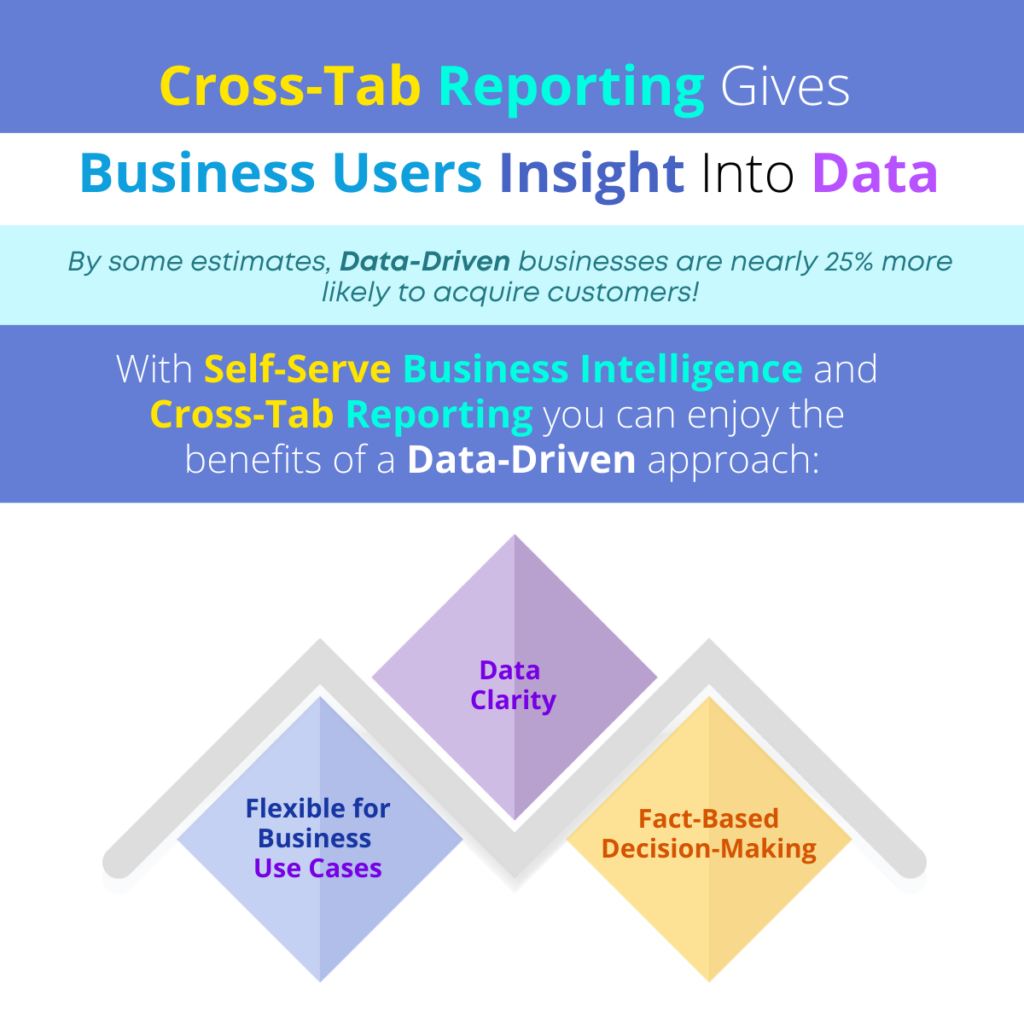Mobile BI Tools Support Citizen Data Scientists and All Team Members With Access to Critical Data!
When a business takes on a Citizen Data Scientist initiative, it must provide the tools and techniques the business user will need to support the new role. Augmented Analytics is key – with features and tools that make it easy to integrate, find, analyze and share data across the enterprise.
Gartner has predicted that, ‘90% of corporate strategies will explicitly mention information as a critical enterprise asset and analytics as an essential competency.’
If your organization is doing it right, the Citizen Data Scientist initiative will incorporate support to change the culture, to update the employee evaluation process to encourage the use of analytics and fact-based decision-making, and other factors that influence user adoption and enable the business to move forward with a team alignment.
But one thing many businesses fail to consider is the need for these tools outside the walls of the office environment. If the global pandemic taught us anything is that many employees were forced to work at home or in settings outside the typical office facility. Today, many companies have embraced this concept on a long-term basis, allowing their employees to work from home, or in remote group locations. But even if your business is situated in one more office buildings or store fronts, the chances are good that your team members spend a certain amount of time working outside the office, after hours, on weekends, etc.
‘Mobile BI tools provide the support for your Citizen Data Scientists, data scientists, business analysts, team members, executives, and managers so that every business user can access and analyze data, share, and collaborate.’
Teams today are asked to do more with less and, as work hours expand, and the expectations of businesses change, the team must adapt. Managers, executives, IT teams and others find themselves in situations where they must check the status of a project, approve a purchase or resource acquisition, communicate with a team and assess the need to make changes – the list goes on and on!

Mobile BI tools provide the support for your Citizen Data Scientists, data scientists, business analysts, team members, executives, and managers so that every business user can access and analyze data, share, and collaborate and make decisions on the fly, in a staff meeting, in an airport or hotel, or at home.
To ensure that you choose the right tools for your Citizen Data Scientists, look for a Mobile Business Intelligence solution that offers the following features and functionality:
- Native app, with seamless user interface for a great user experience (Ux). Available for iOS and Android
- Extends the office environment. Allows swift analysis and decisions from anywhere
- Encourages user adoption and provides support for BI investments and data democratization
- Access rights are defined on the server so security and privacy is ensured at all levels
- Hosted anywhere within IT infrastructure – on premises, public or private cloud
- Business Users have access to dashboards, reports, Clickless Analytics – Google-type Natural Language Processing (NLP) Search functionality
- Start-up is easy, within a few minutes and support is readily available
‘One thing many businesses fail to consider is the need for BI tools outside the walls of the office environment.’
If you want to support your Citizen Data Scientists and every member of your business user team, explore Smarten Mobile Augmented Analytics And Mobile BI. Add powerful functionality and access for your business users with out-of-the-box Mobile BI and advanced analytics for every team member. For more information on Mobile BI and Augmented Analytics, read our article, ‘Understanding The Truth About Mobile BI.’
Original Post : Mobile BI Supports Citizen Data Scientists and Data Literacy!











